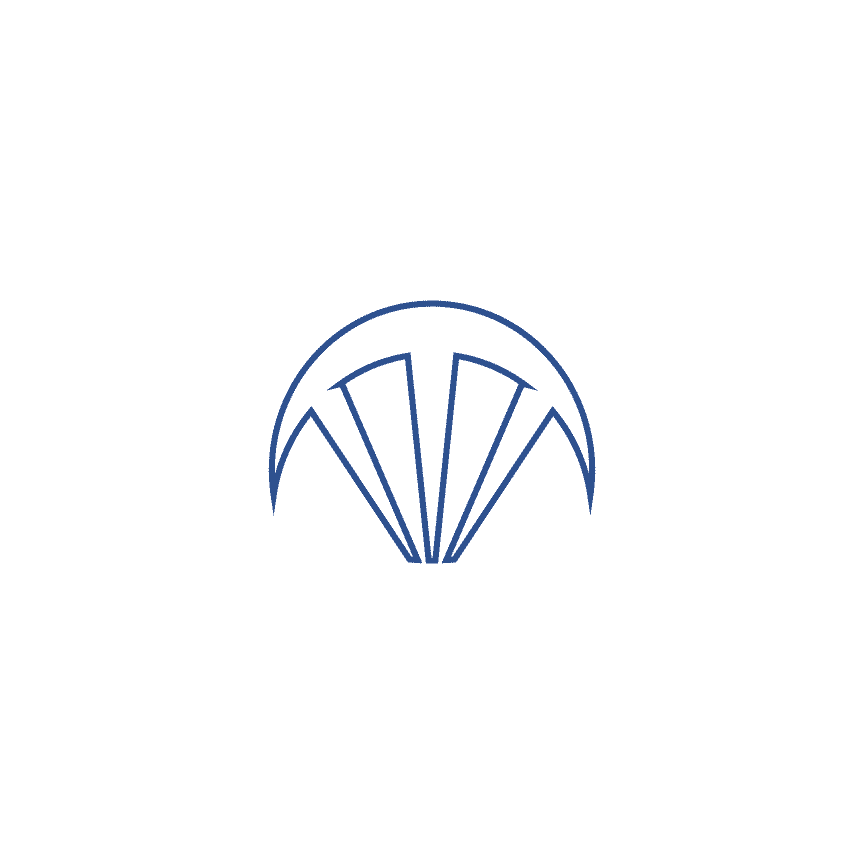Concept
This is a work in which the artist himself censored his own work before it was censored by the "public. Today, for reasons of "compliance," "works that do not harm others" are required in public places. In today's world, where rules are set in schools and parks to prevent harming others, it has be...
This is a work in which the artist himself censored his own work before it was censored by the "public. Today, for reasons of "compliance," "works that do not harm others" are required in public places. In today's world, where rules are set in schools and parks to prevent harming others, it has become the norm for the "public" to follow the "public" in order to protect the "individual" from harm. When I was a child, there were homeless people at train stations and under large bridges, but these days I don't see them much anymore. Also, there are more warning signs in parks, and children's play is restricted. The same phenomenon is occurring between artists and curators. By forcing artists to fit their "individuality" into the "public" that has been prepared for them in advance, the "individuality" of the artists is fading away. Of course, it is well known that an exhibition cannot be held unless it is safe and in compliance with the law. However, art exhibitions are neither mere festivals nor money-making events. It is essentially a place for cultural and historical diplomacy. And a work of art is neither a form nor a system, but an attitude of the artist. Therefore, it is often subject to censorship, to fire, and to injury. Speaking of censorship, war art is one example. In Japan, while there are many materials with a sense of victimhood, such as the Atomic Bomb Dome, there are few materials with a sense of perpetratorhood, such as prewar incidents in which power hurt people. In Japan, there is no special exhibition like Documenta in Germany that personalizes the black history of expression suppressed by the war. The reason is simple: there is no clear answer that everyone can agree on, and it would cause a firestorm on social networking sites. However, there is a need for a "public" that is allowed to touch on issues that cannot be easily concluded. Like Documenta, Japan should look at the "history of harming others. It seems that information on the Taisho and early Showa periods is completely missing from Japanese art history. Censorship and information control always occur before a war breaks out. I happened to travel to Russia before the war and witnessed galleries and artists being censored by the authorities. Japan must have had similar censorship incidents before the war broke out, but I am unaware of its history. I think that Japanese art has the problem of having too much postwar or defeated war as its identity. That is why I believe it is necessary to touch taboos in the "public" during the period known as the new prewar period. I have not experienced war. However, I cannot be an artist unless I take the initiative in dealing with taboos. However, Japan also has a censorship system of compliance. So I came up with the idea that if artists themselves censor their own work ahead of time, no one should be able to censor their work. I wanted to touch the taboo, so I dared to censor my work about war with black squares. I wondered whether the "correct way of society" in terms of compliance, that is, not to harm anyone, was really "correct expression," "beautiful expression," or "beautiful expression," or whether it was even "correct expression. Is it really "correct expression," "beautiful expression," or "contemporary art"? I do not know.































